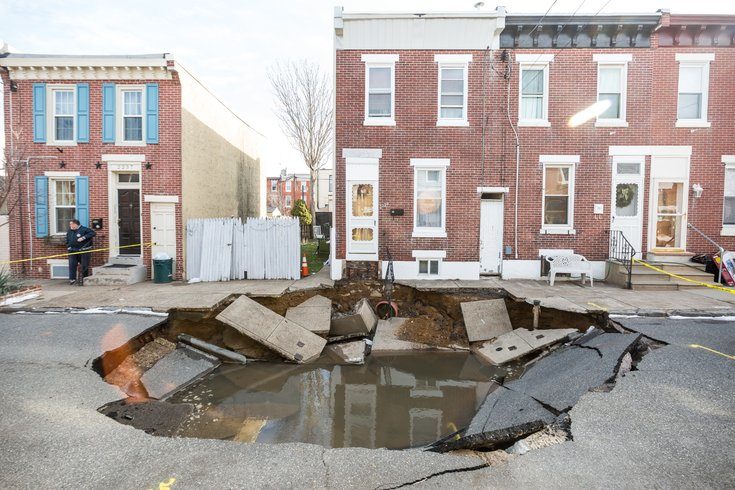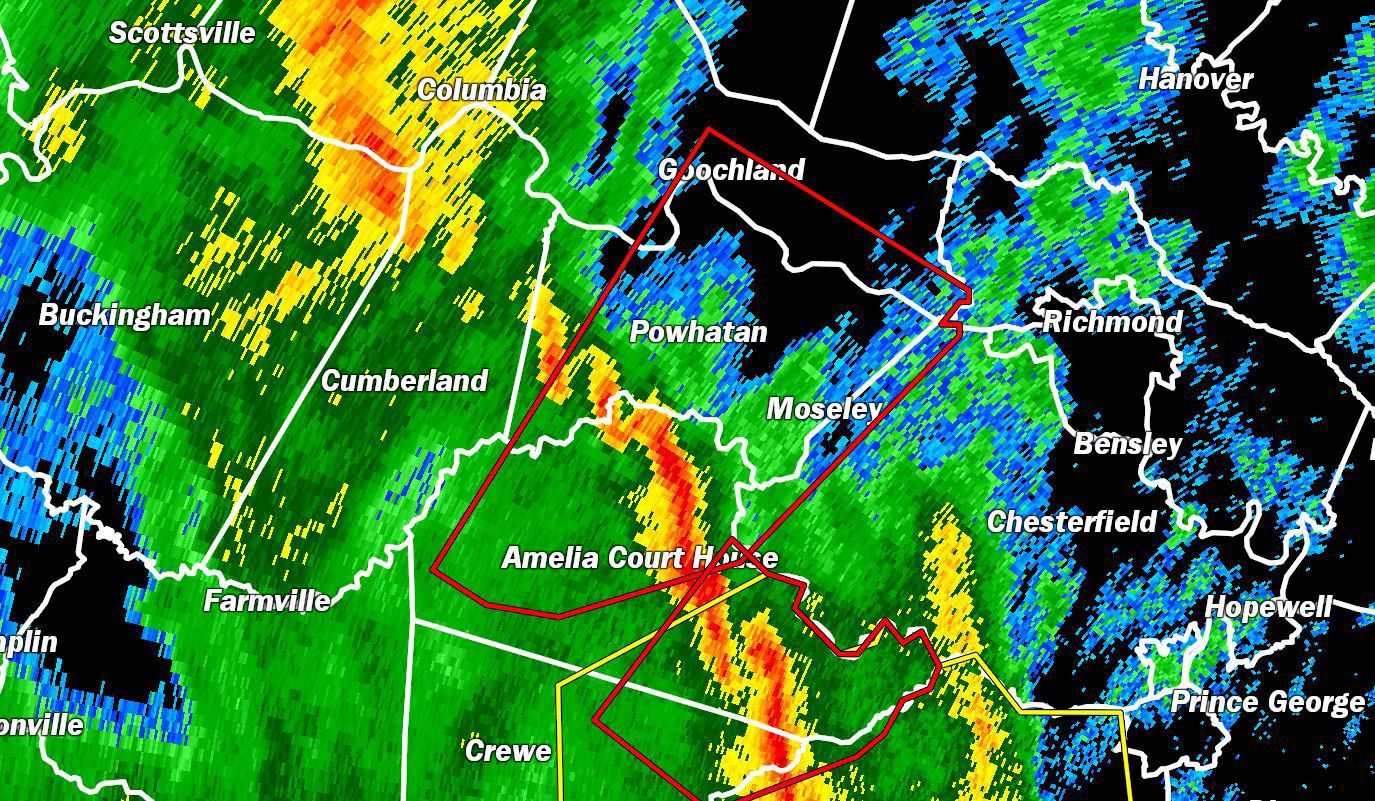Strong winds carrying dust from Syria and Iraq hampered daily life in southeastern Turkey on January 19, 2018. Reduced visibility and air quality affected southeastern provinces of Diyarbakır, Şırnak, Mardin, Şanlıurfa and Batman.
Dust clouds accompanied by muddy rain engulfed the area turning the sky dark red. In Mardin province, which was the most affected from the storm, the disabled, unwell, and pregnant women in public offices were given a day's leave from work according to the
Daily Sabah.
It reduced visibility across the
Kurdistan Region also, down to two kilometres in Erbil, five in Duhok, four in Kirkuk, and less than half a kilometre in Tuz Khurmatu.


Comment: It's not just the US or even the northern hemisphere which is experiencing such harsh winters: